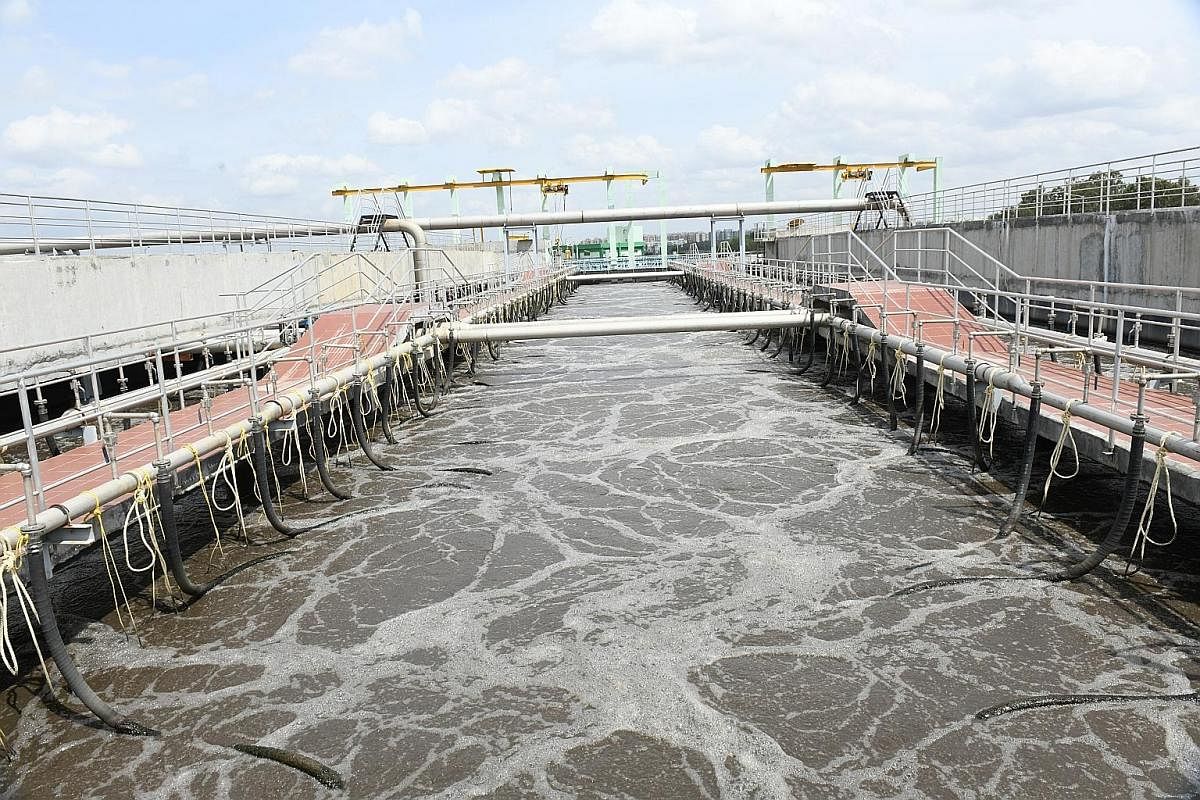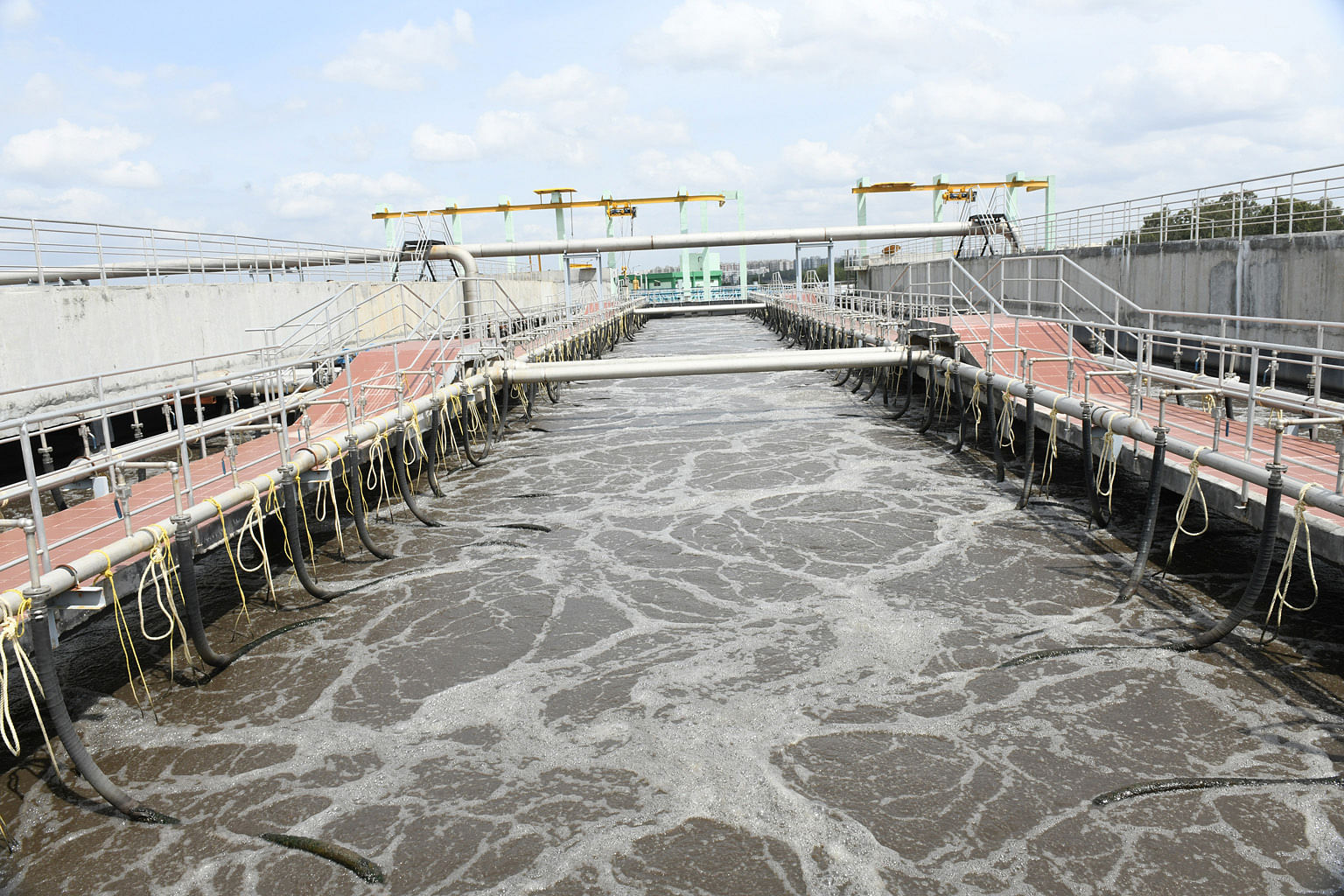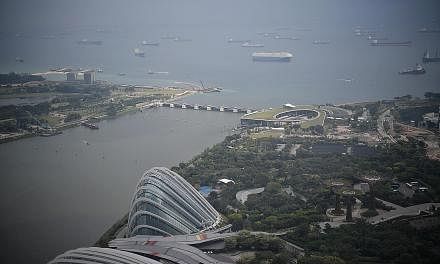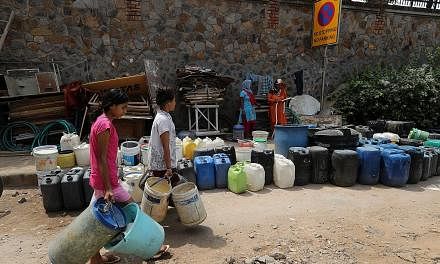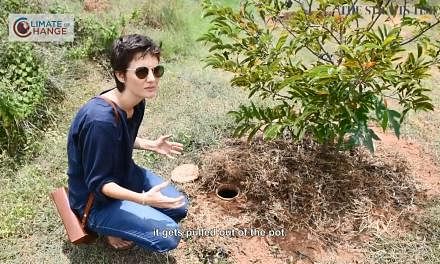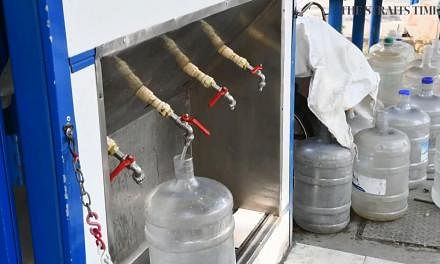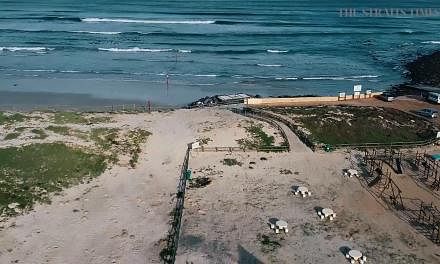But, unlike in Singapore, the treated water will not be used for drinking, as it is treated only to secondary standards rather than with tertiary methods required for potable water.
Instead, the BWSSB aims to route some of the water for industrial and agriculture use, as well as to replenish groundwater levels in the districts surrounding the state.
The BWSSB has also made it mandatory for all new dwellings in the city with 20 units or more to install their own sewage treatment plants within their complexes.
And all new constructions, as well as existing buildings above a certain size, are required to install rainwater harvesting structures to further reduce the need for fresh water. Failure to do so draws a penalty.
"Both ways, from the demand side and the supply side, we have to manage this water requirement, and on both sides, we are doing our best," said Mr Girinath.
Arvind Jayaram
